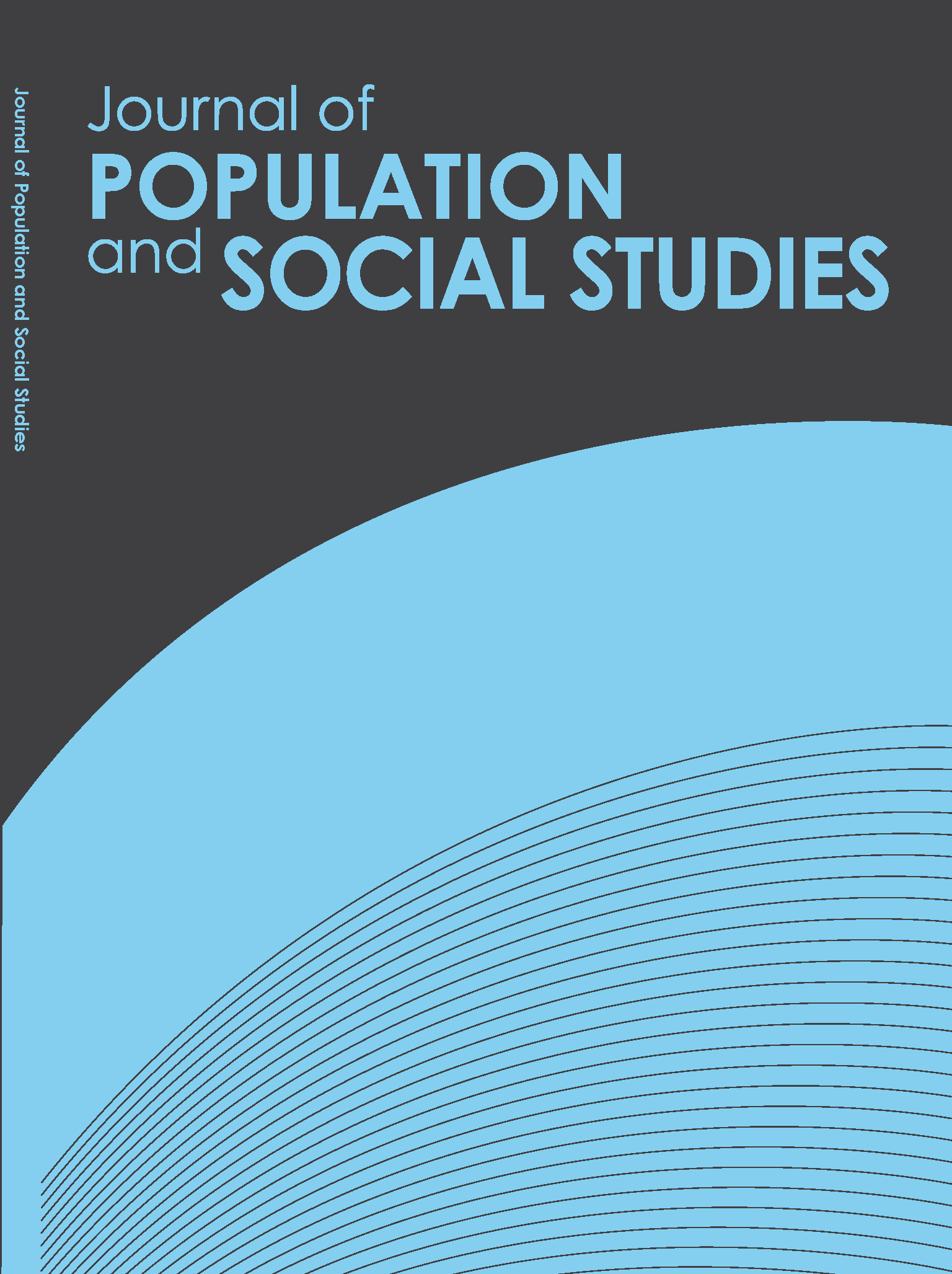Level and Correlates of Unintended Pregnancy among Currently Pregnant Young Women in India
Main Article Content
Abstract
This study examined the level of unintended pregnancy among young Indian women and their co-variate using demographic and health survey data for India collected in 2005-2006 i.e, NFHS-3. The respondents were married young women aged between 15-24 years (N=19,724) who answered questions regarding their status pregnancy. Bivariate analysis was done using chi square test for significance. Factors and correlates were modelled using binary logit regression at 5 percent significance level. 17 percent young women were found currently pregnant and 22 percent (4,046 women) were conceived unintendedly. The number of surviving children, fertility preference, and spousal desire for children, elevates unintended pregnancy. Sexual violence increases the risk and burden of unintended pregnancy (p<0.05) among young women in the country. The study concludes that non-socioeconomic factors particularly sexual violence contributes to unintended pregnancy in India, requiring strong intervention and community participation to advance women empowerment, age at marriage and stop threat of violence to accelerate the goal of sustainable development goals.
Article Details
References
Adhikari, R., Soonthorndhada, K., & Prasartkul, P. (2009). Correlates of unintended pregnancy among currently pregnant married women in Nepal. BMC International Health and Human Rights, 9(1), 17.
Bankole, A., & Westoff, C. F. (1995). Childbearing attitudes and intentions. Demographic and Health Surveys, Comparative Studies No. 17. Calverton, Maryland: Macro International.
Begum, S., Donta, B., Nair, S., & Prakasam, C. P. (2015). Socio-demographic factors associated with domestic violence in urban slums, Mumbai, Maharashtra, India. Indian Journal of Medical Research, 141(June), 783–788. DOI: 10.4103/0971-5916.160701
Begum, S., Dwivedi, S. N., Pandey, A., & Mittal, S. (2010). Association between domestic violence and unintended pregnancies in India: findings from the National Family Health Survey-2 data.
Black, K. I., Gupta, S., Rassi, A. & Kubba, A. (2010). Why do women experience untimed
pregnancies? A review of contraceptive failure rates. Best Practice & Research. Clinical Obstetrics & Gynaecology, 24(4), 443-455.
Bongaarts, J. (2002). The end of the fertility transition in the developing world. Population Council Policy Research Division Working paper, No. 161. New York: Population Council.


